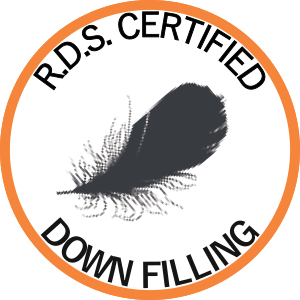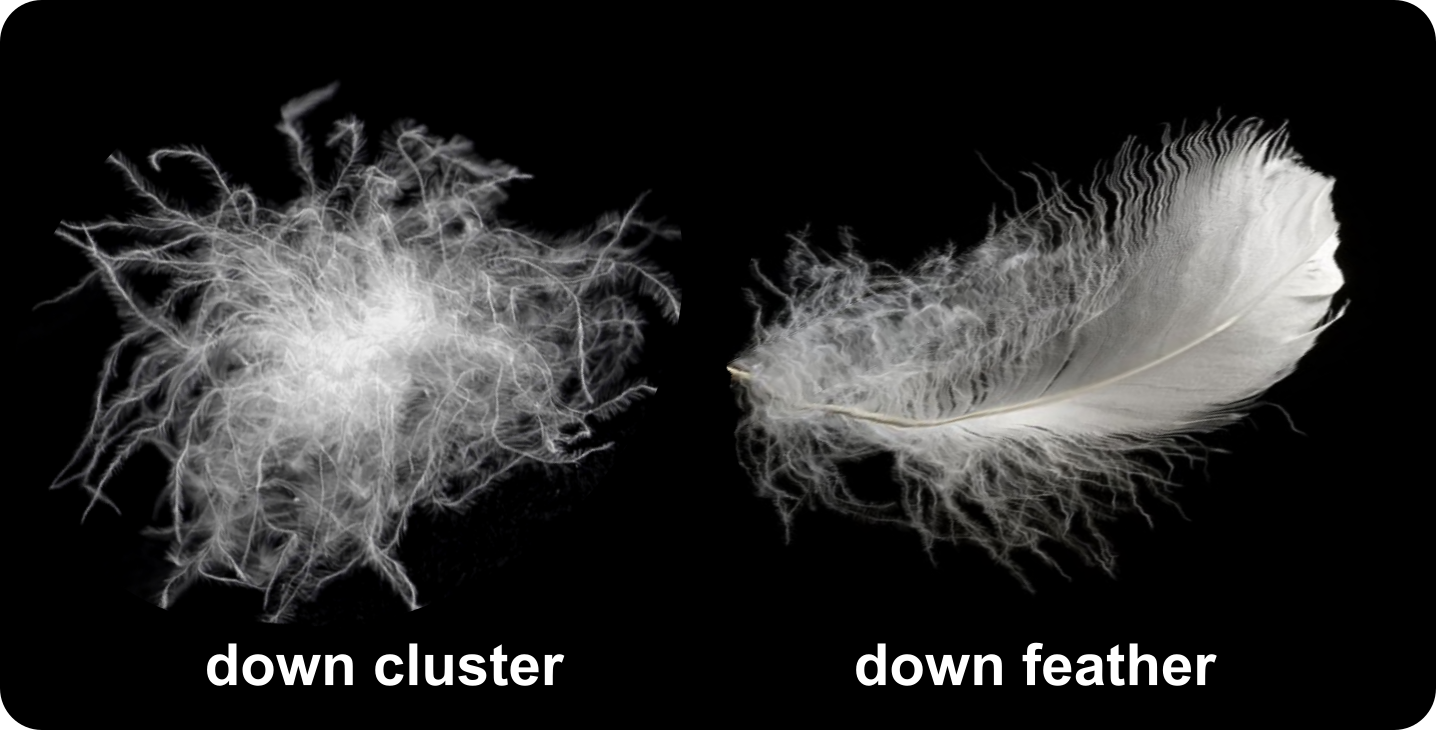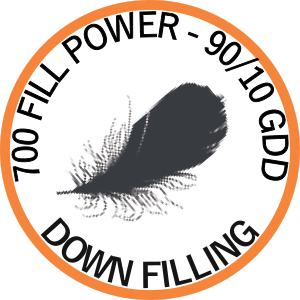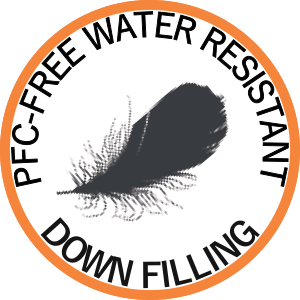About the down Freetime uses for sleeping bags Down is the best filling material when it comes to making a sleeping bag. None of the synthetic fibers created by men can compete regarding insulation, loftiness and lightweight. All the down that is used in textile and outdoor industries is a by-product of food industry, meaning no animal is farmed in the only purpose of using its down. Down being a by-product, the down companies had to develop an all-encompassing certification system to make sure their products will meet the highest level of transparency and traceability. To follow the Responsible Down Standard®, the down must not come from animals that have endured unnecessary harm, such as live-plucking or force-feeding. This standard provides traceability from the farm where the animal was raised to our product you are using. Although we don't have a certification, Freetime commits to using only R.D.S. certified down. When it comes to down, as with many things, the devil is in the detail. To help ditributors and users of our products make an informed choice, we would like to highlight the reasons why we have chosen the down we use for our Micropak and Nanopak sleepingbags. Internationally renowned producers Whether it's Allied Feather+Down® or KL Down®, for many years we have chosen down from companies that can guarantee the highest quality. These companies are Bluesign® certified and have been committed to offering the highest quality down for many years. The quality of the down we use is also measured regarding its down/feather ratio and its Fill Power.The down-filling used in sleeping bags is in fact a mix of down-clusters and down-feathers. Down-clusters are round-shaped and are the part that creates the more loft and insulation. The down-feathers on the other hand provides also some insulation, but less than the clusters, and provides firmness. The down/feather ratio gives you the proportions of those two elements in the mix used to fill the sleeping bag. For a same weight of filling, the more down-cluster you have the more your sleeping bag will loft and provide good insulation. For our Freetime down sleeping bag, we use 90/10 GDD, meaning 90% of down-clusters and 10% of down-feathers coming from ducks.   The Fill Power measures the loftiness of the down. It corresponds to the volume in (cubic inch) up to which one once of down can loft. The down we use for Freetime Micropaks and Nanopaks rates a very good 700 Fill Power. It means that one once of down-filling can loft up to 700 cubic inches (usually noted "cuin"). In metric system, it corresponds to one gram of down lofting up to 400 cubic centimetres.  Finally, moisture is the sworn enemiy of down. When it gets wet, down cannot loft as well, so it cannot trap as much air and eventually its insulation power is diminished. This is why the down we use is treated with a natural wax-based product that offers a water-resistant protection. Even better: this wax-based compound is without fluorocarbon! in accordance with the philosophy that drove us to make our PFC-free transition. Our down suppliers: www.alliedfeather.com & www.kldown.com |
